On our last day, we checked out and moved southward from Rantepao toward Makassar.
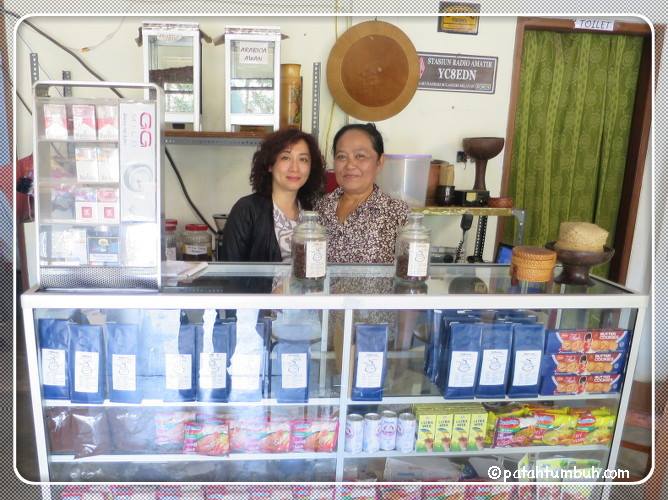
Londa
Then we headed to a cave burial site in Londa, 7 km south of Rantepao. From all the burial sites, I love this one the most. Admission fee is only Rp 20,000 for foreigners. It is very cheap and worth your money. Bear in mind that their funeral rituals cost much, much more than that.


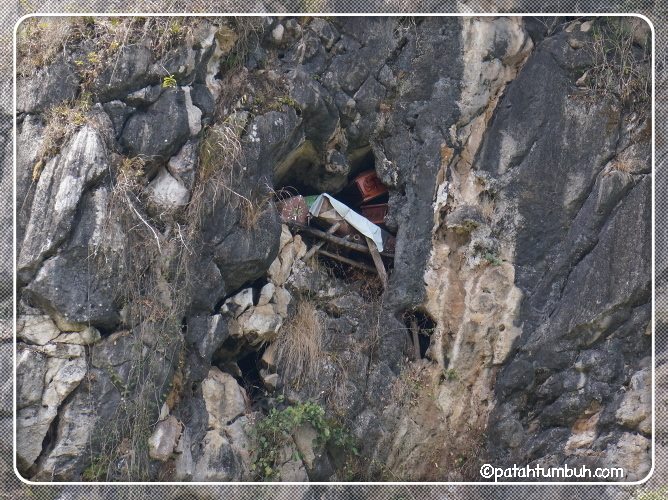


There are two caves here where Torajan buried their deceased. Since the inside of the cave is dark, we can rent a petromax lamp for Rp.30,000.
The depth of the cave is about one kilometer but it is too dangerous to try to go further than several meters because it is much like a corn maze inside and sometimes the ceiling is very low one can not stand tall. The place is full of stalactites and stalagmites. It is amazing, really, if you are not afraid of ghosts. Our guide told us on our way to Lemo that he could feel there was something that followed us inside the cave. That is, if you believe in other living thing beside us, human.
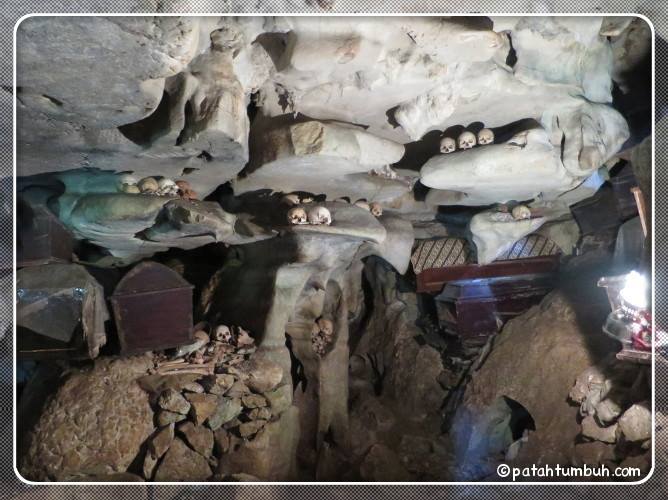


Lemo
From Londa we continued our journey to see another unique cemetery in Lemo village (11 km south of Rantepao), a cliff burial site for the nobles. It is believed that this place existed since around 16th century. It is called Lemo, means lemon, because the hill’s shape resembles a lemon. It is said there are about 75 holes carved manually in the cliff. Each hole is used as a cemetery for one family. A hole measures about 3 X 5 m.


Some have doors that may not be opened unless to put a new corpse in. It needs another ceremony with sacrificed buffalo to fix a broken door.
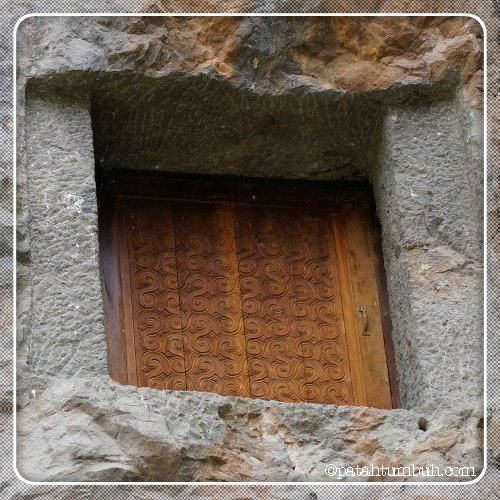
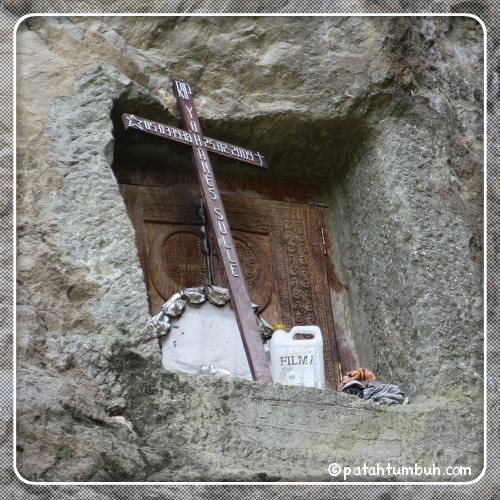
Kambira
Our next destination is baby burial site Kambira in Lembang Buntu, Sangalla. This oldest burial tree in Toraja is about 600 years old with around 250 babies buried inside. The Torajans believe, the soul of the deceased ride on the buffalo sacrificed at funeral rituals to puya (life after death), but babies are too young to ride on a buffalo, so the ones who died before six months old or before teething will be buried inside a hole dug into live Tarra trees and then closed with a lid made of palm fibre. A Tarra tree has lots of white sap they believe will act as the mother’s milk substitute. They believe putting a dead baby inside in a fetal position is like putting the baby back into the mother’s womb; that way, the next baby conceived will be protected.


Parents’ presence was not allowed during burial, if they insisted, they must not cry or talk during the funeral ceremony. They also had to face back so they could not see when the baby was put inside the hole. The living tree would keep on growing and be one with the baby inside. After about sixteen year, another ceremony would be held to let the baby go to puya.
The Torajans believe they can ask for blessings here at the burial tree (They call it Liang or Pasilliran). It is said that once a couple from Netherlands who had been married for eight years but hadn't gotten pregnant yet, prayed here and they then had twins. They came back years later to put two dolls beside the tree to express their gratitude.

Suaya
It was almost five when we arrived at Suaya (23 km south of Rantepao), where the Sangalla Kings were buried. There are steps up to the top that were already there since the time the kings were still alive, believed to be used by the kings to meditate privately.
The place looked similar to that cliff burial site at Lemo but this lamba-lamba caught my eyes. The red long cloth used in ma'palao ritual will be left there until it is no more.


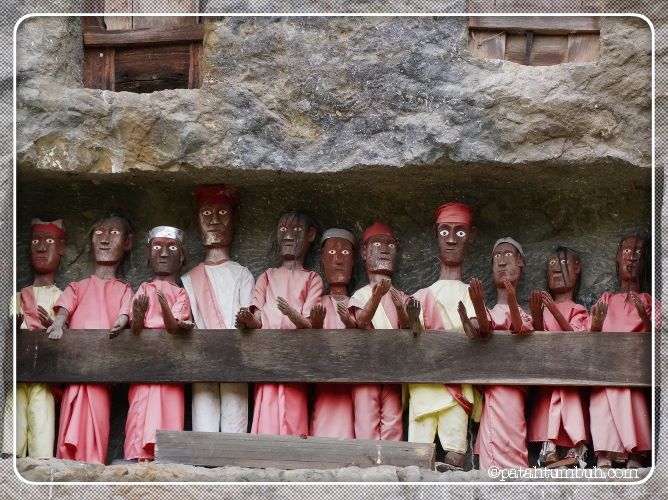

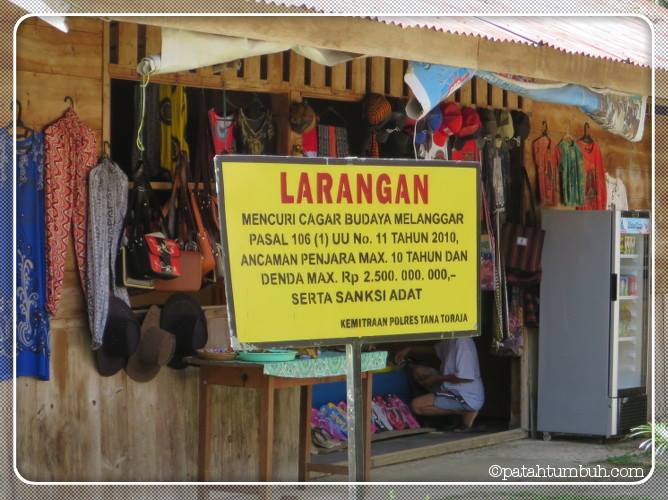
Such irony, Tau-tau are supposed to protect the living descendants but now have to be protected from them.
Previous - Toraja: Where the Dead are Part of the Living Life - IVA
Next - Toraja: Land Above Clouds - V
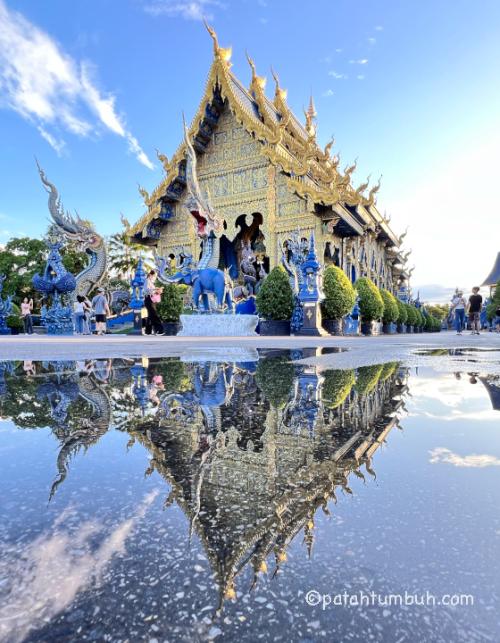

Add new comment